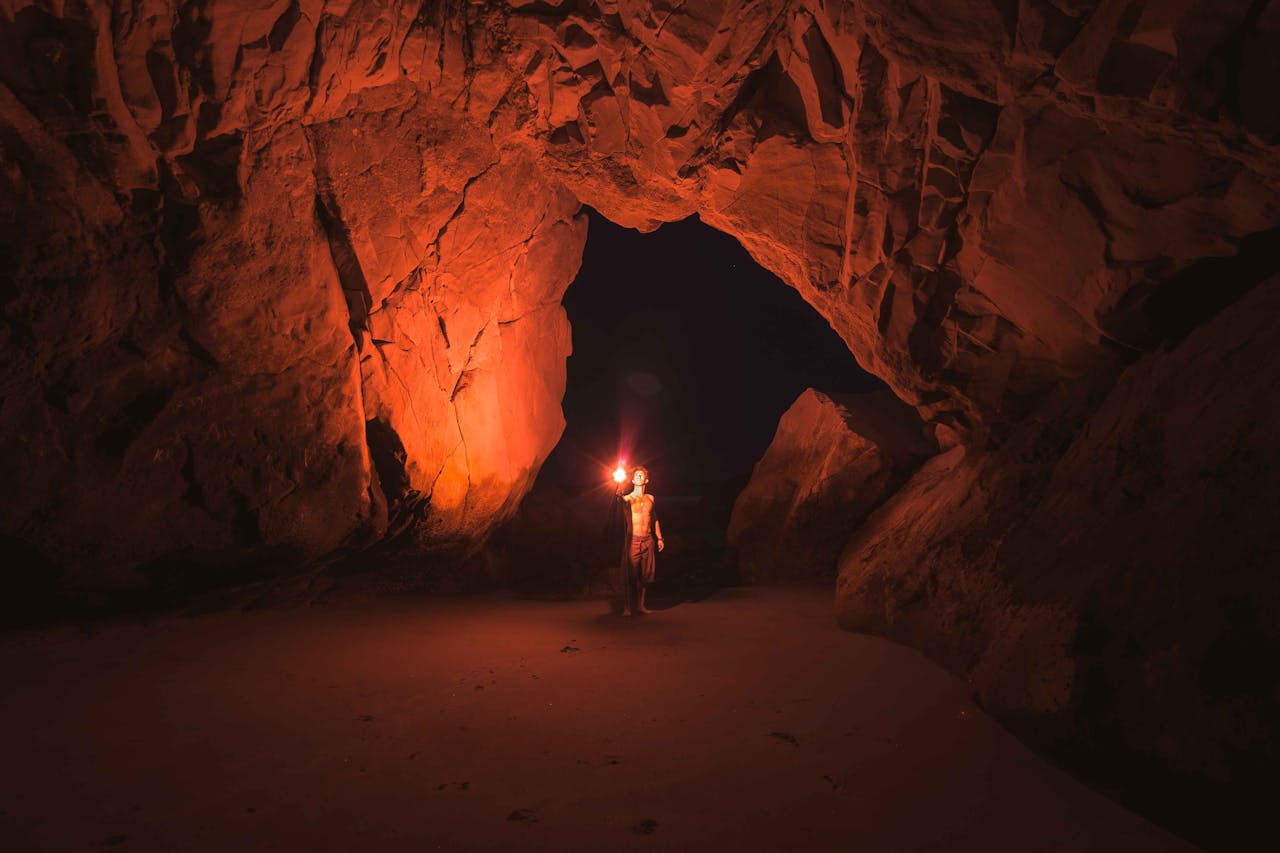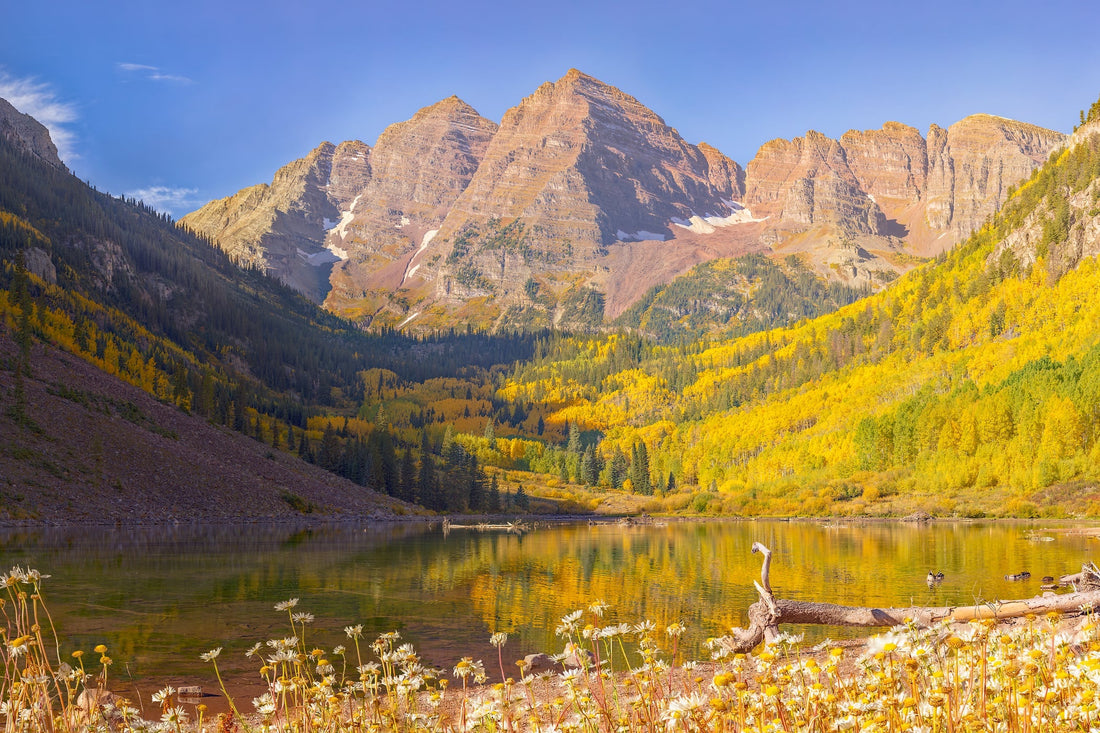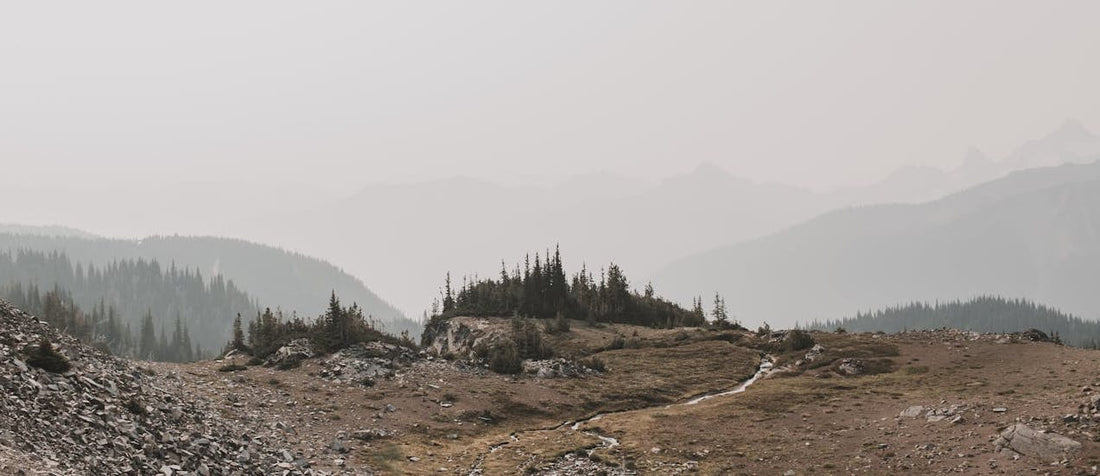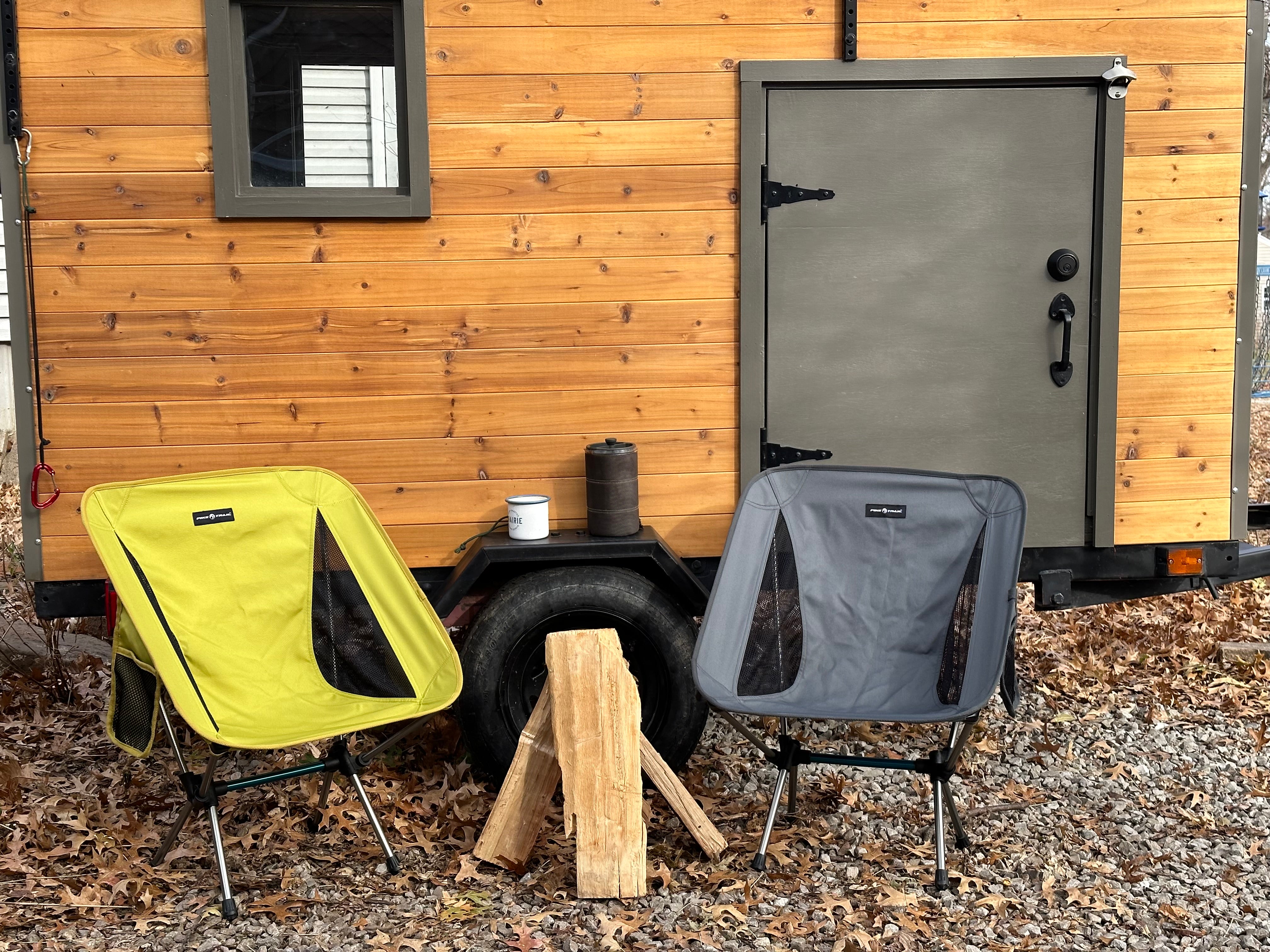Photo by Jeremy Bishop: https://www.pexels.com/photo/person-standing-and-holding-lamp-inside-cave-2397414/
When you think of Texas, vast deserts, rugged mountains, and expansive plains might come to mind. But beneath its surface lies a hidden world, a labyrinth of underground chambers and winding passageways waiting to be explored. While more famous caves like Natural Bridge Caverns often steal the spotlight, Texas is home to many lesser-known cave systems that are equally fascinating. This guide will take you on a journey through some of these hidden gems, provide insights on what makes them unique, and offer tips for safely exploring these subterranean wonders.
Discovering Texas’ Hidden Caves
1. Inner Space Cavern
Located in Georgetown, just north of Austin, Inner Space Cavern is a pristine, well-preserved cave discovered in 1963 during the construction of Interstate 35. Despite its proximity to a bustling highway, it remained untouched for thousands of years. The cave boasts stunning formations, including flowstones, stalactites, and soda straws. The Adventure Tour option allows more daring explorers to experience undeveloped sections of the cave that aren’t accessible on the standard tour.
Highlights:
- Ancient animal bones have been found here, adding to its mystique.
- Offers a unique mix of easy walkways and challenging crawl spaces.
Best For: Beginner to intermediate spelunkers. If you’re new to cave exploration, the guided tours are ideal.
2. Cascade Caverns
Tucked away in the Hill Country near Boerne, Cascade Caverns offers a cool retreat from the Texas heat. Its name comes from the small waterfall found within the cavern, giving it a more tranquil and serene atmosphere compared to other caves. The cavern is relatively small, but it’s packed with history and geological wonders. A guided tour will take you deep into the cave, where you can witness incredible limestone formations and crystal-clear pools.
Highlights:
- Known for its impressive 100-foot "Cathedral Room."
- Features a unique underground waterfall that cascades into the cave.
Best For: Families and those looking for a scenic and easy-to-navigate cave experience.
3. Cave Without A Name
One of the most visually stunning caves in the state, Cave Without A Name is a true hidden gem located near Boerne. The cave was discovered in the 1930s and got its name from a contest where a young boy declared that the cave was "too beautiful to have a name." Its massive chambers are adorned with majestic formations that appear otherworldly. The cave hosts concerts and events, adding to its appeal as a destination.
Highlights:
- Acoustic concerts are held in the "Throne Room."
- Offers specialty tours for a more intimate exploration.
Best For: Visitors seeking a picturesque and unique spelunking experience.
4. Kickapoo Cavern State Park
Located in the southwestern part of Texas near Brackettville, Kickapoo Cavern State Park is home to the less frequented but equally mesmerizing Kickapoo Cavern. With over 1,400 feet of passages, the cave features complex formations and breathtaking rooms. However, access is restricted to guided tours only to protect the fragile ecosystem within.
Highlights:
- Known for large colonies of Mexican free-tailed bats.
- Excellent for nature enthusiasts wanting a blend of hiking and caving.
Best For: Experienced cavers who want a more rugged, off-the-beaten-path adventure.
Spelunking Safety and Tips
Exploring caves, whether developed or wild, requires proper preparation and safety measures. Below are some key tips for enjoying your underground adventure safely:
1. Gear Up Properly: Wear a helmet with a mounted light, durable gloves, knee pads, and sturdy footwear. Always carry a secondary light source, such as a headlamp or flashlight with extra batteries. Make sure you bring waterproof gloves and socks for unexpected puddles in the dark.
2. Go with a Guide or Group: Even if you’re experienced, going with a group or a guide ensures safety in case of accidents. Many caves require guides due to the delicate nature of their formations and wildlife.
3. Respect the Cave Environment: Avoid touching formations. The oils on your skin can cause damage and hinder the growth of stalactites and stalagmites. Follow all Leave No Trace principles.
4. Know Your Limits: Crawling through tight spaces and climbing slippery rocks can be strenuous. Don’t attempt routes that are beyond your skill level or physical capability.
5. Stay Hydrated and Fueled: It’s easy to get dehydrated in the cool, dry air of a cave. Bring water and energy snacks to keep yourself hydrated and energized.
6. Check Weather Conditions: For caves prone to flooding or those with stream passages, always check local weather conditions beforehand. Sudden rain can cause water levels to rise unexpectedly.
Why Explore Texas’ Caves?
Texas’ caves are more than just underground passages—they are windows into the state’s natural history. Many contain fossilized remains of animals long extinct and geological formations that took millions of years to develop. Exploring these caves offers a unique opportunity to witness a different side of Texas, one that few people get to see. Whether you’re a first-time spelunker or a seasoned caver, Texas’ underground systems promise adventure, wonder, and a deep connection to the earth’s ancient past.
So, the next time you’re looking for an unforgettable experience, consider venturing underground. Who knows what hidden treasures you might uncover?






